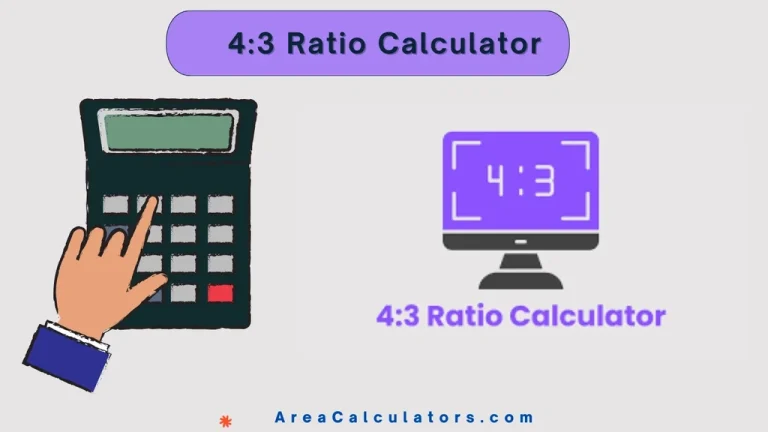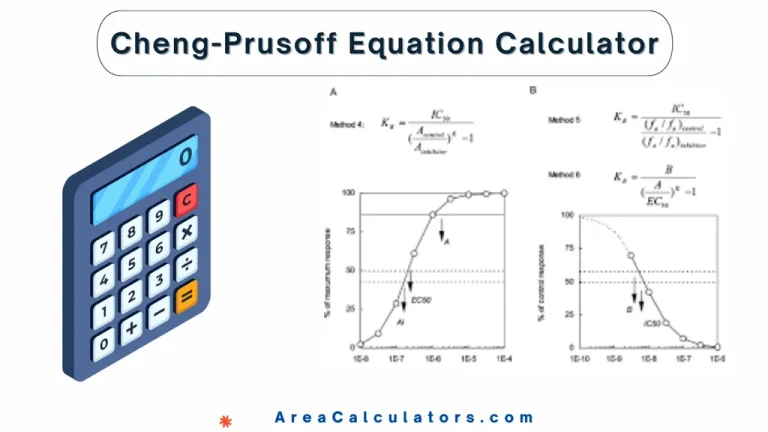ERA Calculator (Earned Run Average)
To calculate the Earned Run Average (ERA), divide the earned runs by innings pitched, then multiply by the number of innings in a game.
The ERA Calculator makes it very easy for you to determine a pitcher’s earned run average. This measurement is a key statistic in baseball and softball. In other words, ERA shows the average number of earned runs a pitcher allows per nine innings.
Actually, a lower ERA indicates better performance, as the pitcher is allowing fewer earned runs. This calculation is essential for evaluating a pitcher’s effectiveness and is widely used in both professional and recreational leagues.
Formula
| Variable | Description |
|---|---|
| ERA | Earned Run Average |
| earnedruns | Number of earned runs allowed |
| inningspitched | Total innings pitched by the pitcher |
| gameinnings | Number of innings in the game (usually 9) |
Solved Calculations
Example 1:
For instance, if a pitcher allows 4 earned runs in 6 innings pitched, the ERA is calculated as follows:
| Step | Calculation |
|---|---|
| Earned Runs | 4 |
| Innings Pitched | 6 |
| Game Innings | 9 |
| ERA Calculation | |
| Result | 6.00 |
Answer: The ERA for this pitcher is 6.00, meaning they allow an average of 6 earned runs per 9 innings.
Example 2:
Similarly, if a pitcher allows 2 earned runs in 3 innings, the ERA is:
| Step | Calculation |
|---|---|
| Earned Runs | 2 |
| Innings Pitched | 3 |
| Game Innings | 9 |
| ERA Calculation | |
| Result | 6.00 |
Answer: The ERA for this pitcher is also 6.00, which indicates the same performance as in the previous example but with fewer innings pitched.
What is an ERA Calculator (Earned Run Average)?
The ERA Calculator (Earned Run Average) is an essential gaming tool. It is custom-built for baseball and softball players, coaches, and analysts to determine a pitcher’s performance. It calculates the average number of earned runs a pitcher allows per nine innings pitched, giving a clear indication of their effectiveness on the mound. A lower ERA typically signifies a better pitcher.
To use the ERA Calculator, you need to input the number of earned runs allowed by the pitcher and the total number of innings they’ve pitched. The calculator then applies the ERA formula, which divides the earned runs by the number of innings pitched, multiplies the result by 9 (for a nine-inning game), and provides the ERA.
This calculator is useful not only for professional baseball but also for softball and youth leagues, offering an accurate way to track pitching efficiency.
Final Words:
In summary, the ERA Calculator is an invaluable tool for analyzing pitching performance, providing quick insights into a player’s effectiveness and helping coaches make informed decisions.


